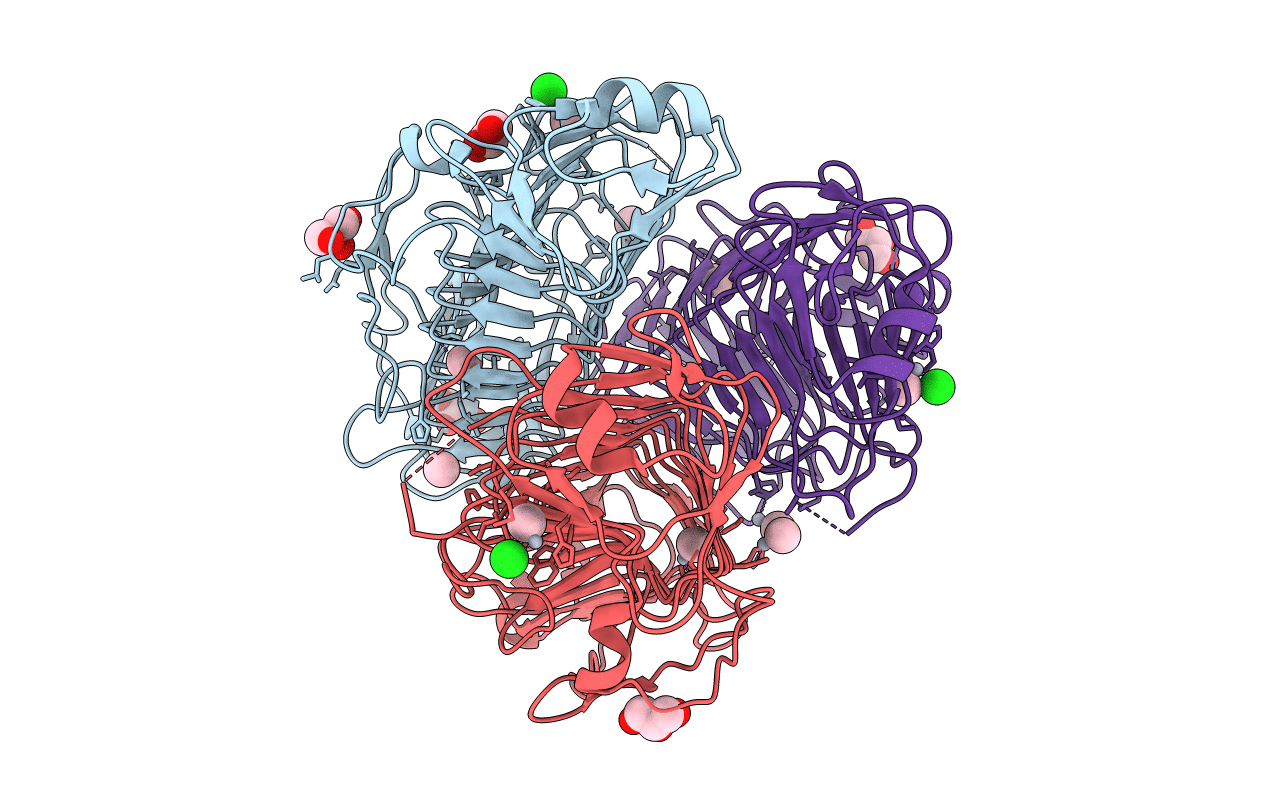
Deposition Date
2016-05-26
Release Date
2017-06-07
Last Version Date
2024-05-08
Entry Detail
PDB ID:
5G5N
Keywords:
Title:
Structure of the snake adenovirus 1 hexon-interlacing LH3 protein, methylmercury chloride derivative
Biological Source:
Source Organism:
SNAKE ADENOVIRUS 1 (Taxon ID: 189830)
Host Organism:
Method Details:
Experimental Method:
Resolution:
2.30 Å
R-Value Free:
0.20
R-Value Work:
0.17
R-Value Observed:
0.17
Space Group:
I 4


